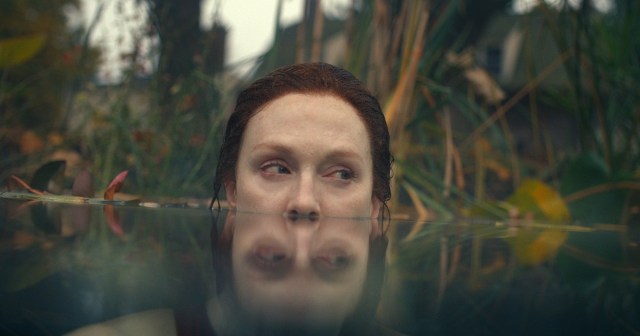
A biopic about Diana, Princess of Wales, director Pablo Larraín’s Spencer imagines what might have happened over three pivotal days during the British royal family’s annual holiday celebration leading up to her decision to publicly separate from Prince Charles in 1992. “The marriage of Princess Diana and Prince Charles has long since grown cold. Though rumors of affairs and a divorce abound, peace is ordained for the Christmas festivities at the Queen’s Sandringham Estate,” reads the film’s synopsis. “There’s eating and drinking, shooting and hunting. Diana knows the game. But this year, things will be profoundly different.”
Spencer is written by Oscar-nominated screenwriter Steven Knight (Locke, Peaky Blinders, Dirty Pretty Things), and shot by director of photography Claire Mathon (Portrait of a Lady on Fire).
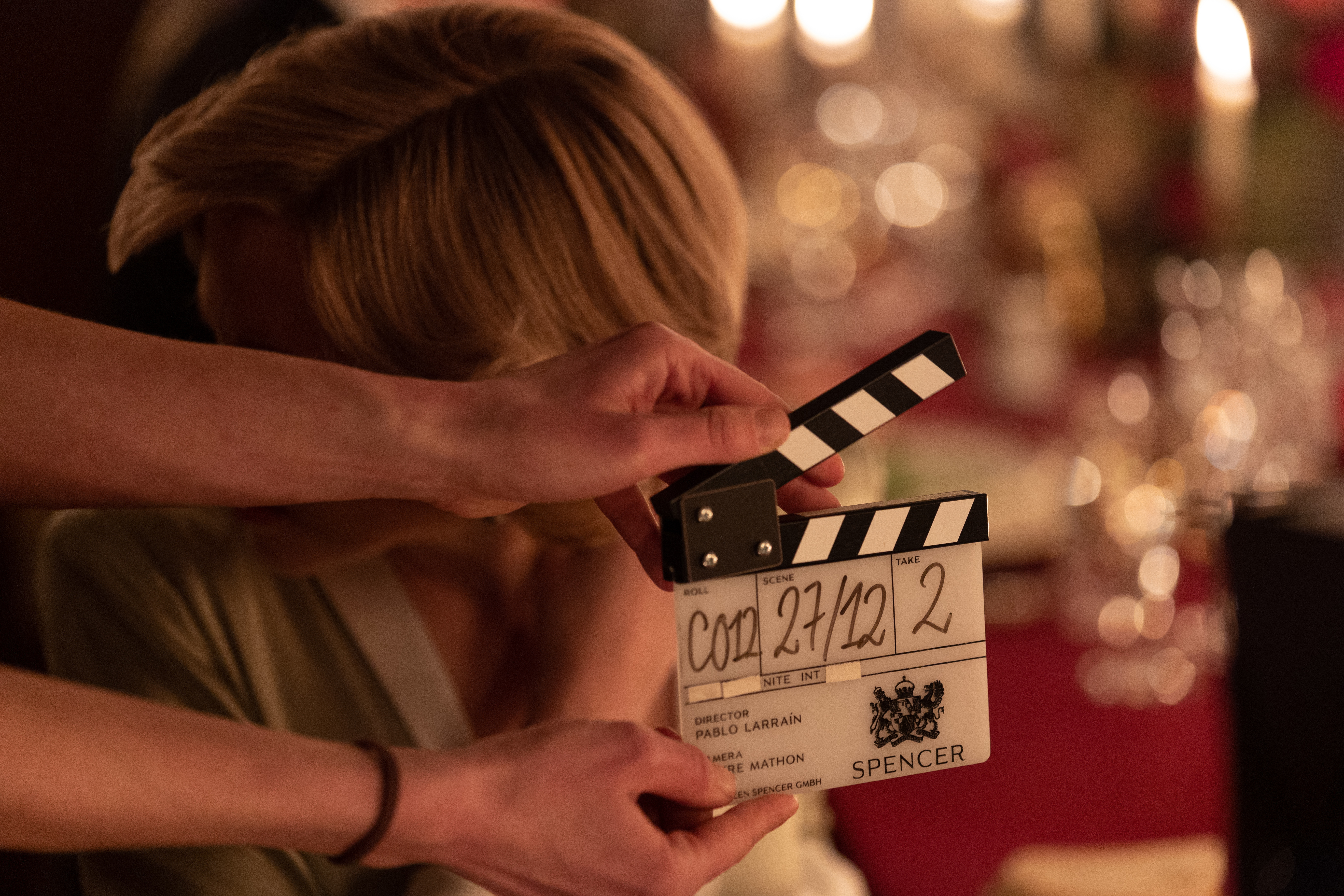
Formerly Diana Frances Spencer, the Princess of Wales captured the hearts of millions of people from all around the world following her engagement to Charles in 1981, and she remains widely mourned after her tragic and untimely death in 1997. Given the amount of publicity surrounding the couple’s union and subsequent breakup — thoroughly examined in the most recent season of Netflix series The Crown — it’s no surprise that Larraín would opt to narrow the focus on his subject’s already very well known life for his own film.
“We all grew up understanding what a fairytale is, but Diana Spencer changed the paradigm, and the idealized icons that pop culture creates, forever,” Larraín says of his decision to take on the project. “This is the story of a Princess who decided not to become a Queen, but chose to build her identity by herself. It’s an upside-down fairytale.”
As Polygon’s Robert Daniels notes, Diana’s return to the Queen’s estate in Park House is both “a heartening homecoming and an unfortunate duty, causing a wellspring of grief to affect her in varying fashions.”
But Daniels says Larraín is “too smart to limit Spencer to honing in on Diana’s relationship with the other royals around her.” Setting this story during Christmas establishes the relationship they have in the very beginning of the movie. “Instead, he pulls focus by depicting how Diana is trying to protect her sons from the royals’ archaic, closed-off traditions.”
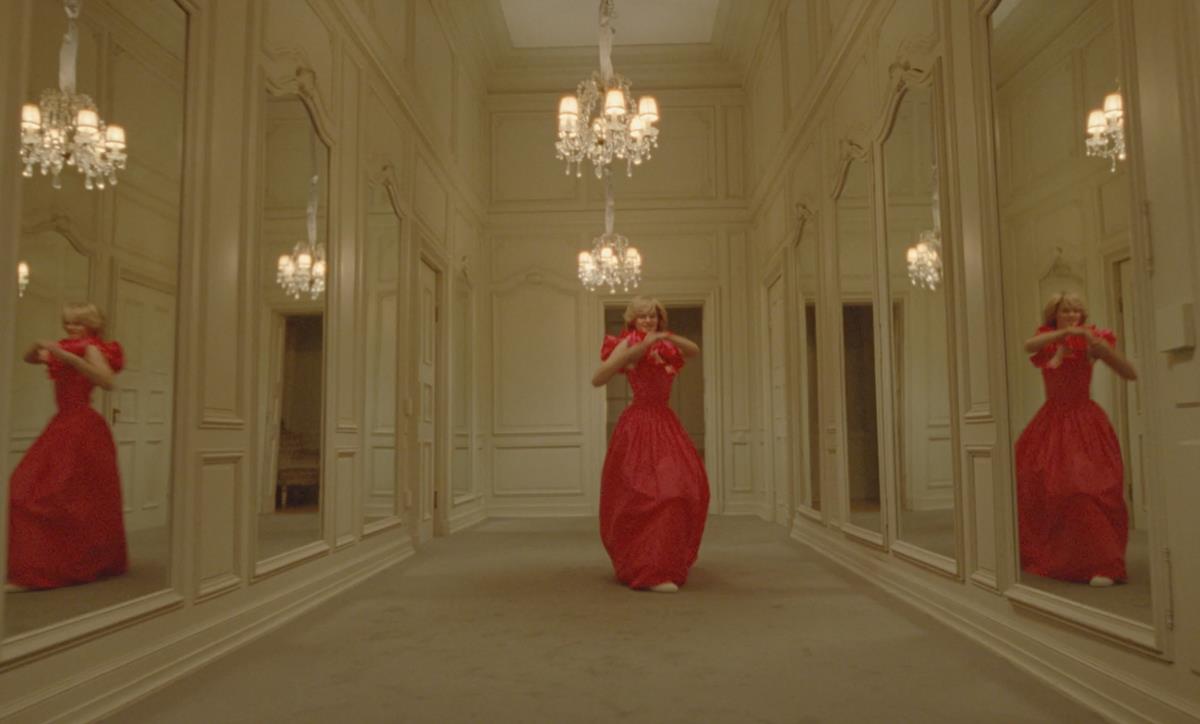
But with the “looming presence” of Prince Charles and Major Gregory, extreme rules, and her own internal struggles, “the mania she feels makes her Christmas holiday more of a fight for survival than a getaway.”
READ MORE: The Kristen Stewart movie Spencer is more real-life horror story than Princess Di biopic (Polygon)
A.O. Scott, in his review for The New York Times, writes that Spencer is a Christmas movie, a horror movie and a psychological thriller, as well as “a love story, a melodrama of maternal devotion, an early-’90s fashion parade and a very British baking show.”
It might be tempting to view the film as a mere sidebar to hit Netflix series The Crown, Scott argues, “lingering over a minor episode in a vast epic and isolating a single, relatively minor character amid the pomp and pageantry of palace life,” but “that is exactly wrong,” he says.
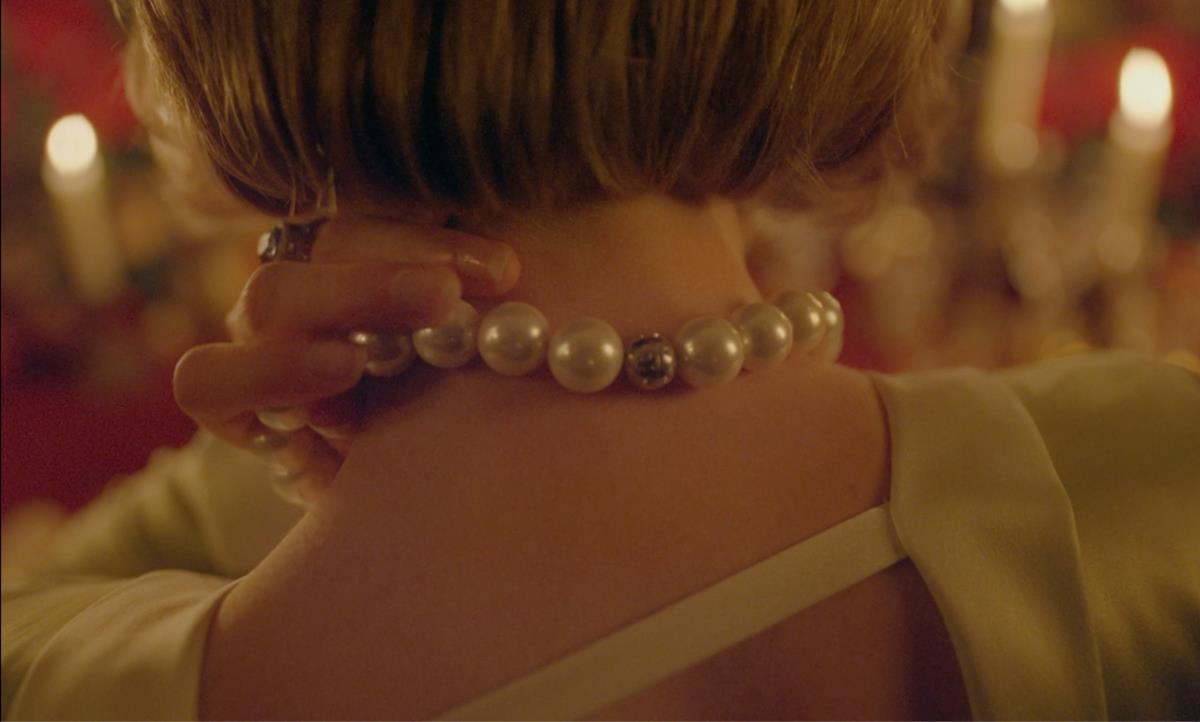
“Larraín and the screenwriter, Steven Knight, offer not a footnote but an ardent and unsparing rebuke to the mythical monarchist mumbo-jumbo that the Netflix series (to which I am entirely addicted) exists to promote. The conceit of The Crown is that, for all their flaws, defeats and compromises — or because of all that — the members of the House of Windsor are fundamentally more interesting than anybody else. Their dilemmas are more exquisite, their choices more tragic, than anything the commoners can know.
“This is a persistent conceit in the literature of power, one that Larraín, wielding his camera like a rapier and Jonny Greenwood’s lacerating score like a stiletto, leaves in tatters.”
READ MORE: ‘Spencer’ Review: Prisoner of the House of Windsor (The New York Times)
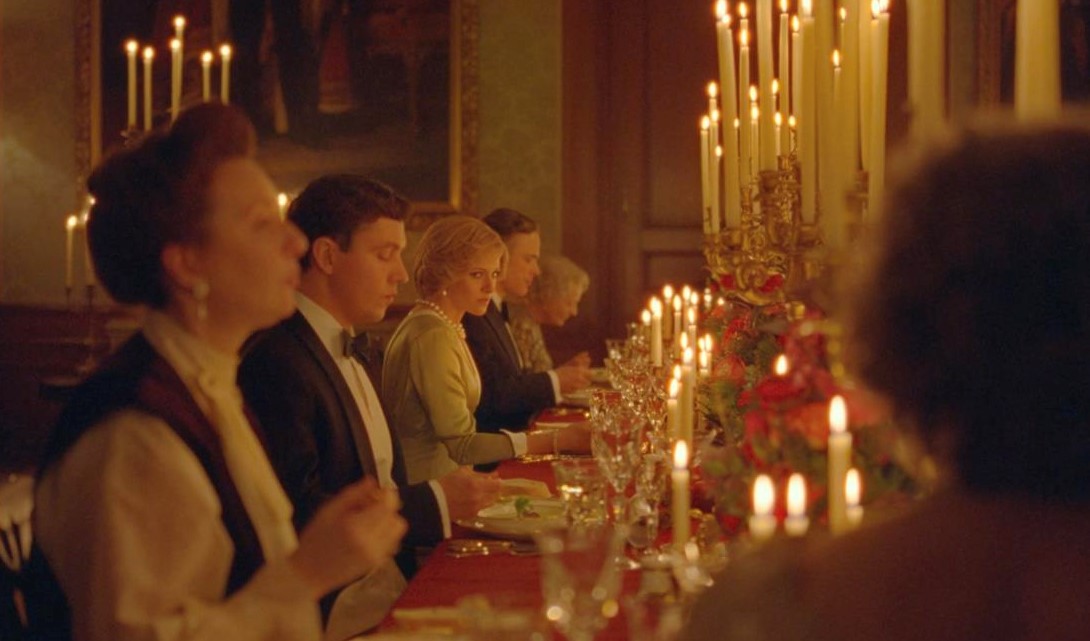
From the release of the first full trailer for the film, Kristen Stewart received glowing praise for her portrayal of Diana. “Kristen Stewart is one of the great actors around today,” Larraín enthuses:
“She is where she is now because she has something very important in film, which is mystery. Kristen can be many things; she can be very mysterious, very fragile, and ultimately very strong as well, which is what we needed. The combination of those elements made me think of her. The way she responded to the script and how she approached the character is very beautiful to see. She has created something stunning and intriguing at the same time. As a filmmaker, when you have someone who can hold such a dramatic and narrative weight just with her eyes, then you have the strong lead who can deliver what we were hoping for. She is a force of nature.”
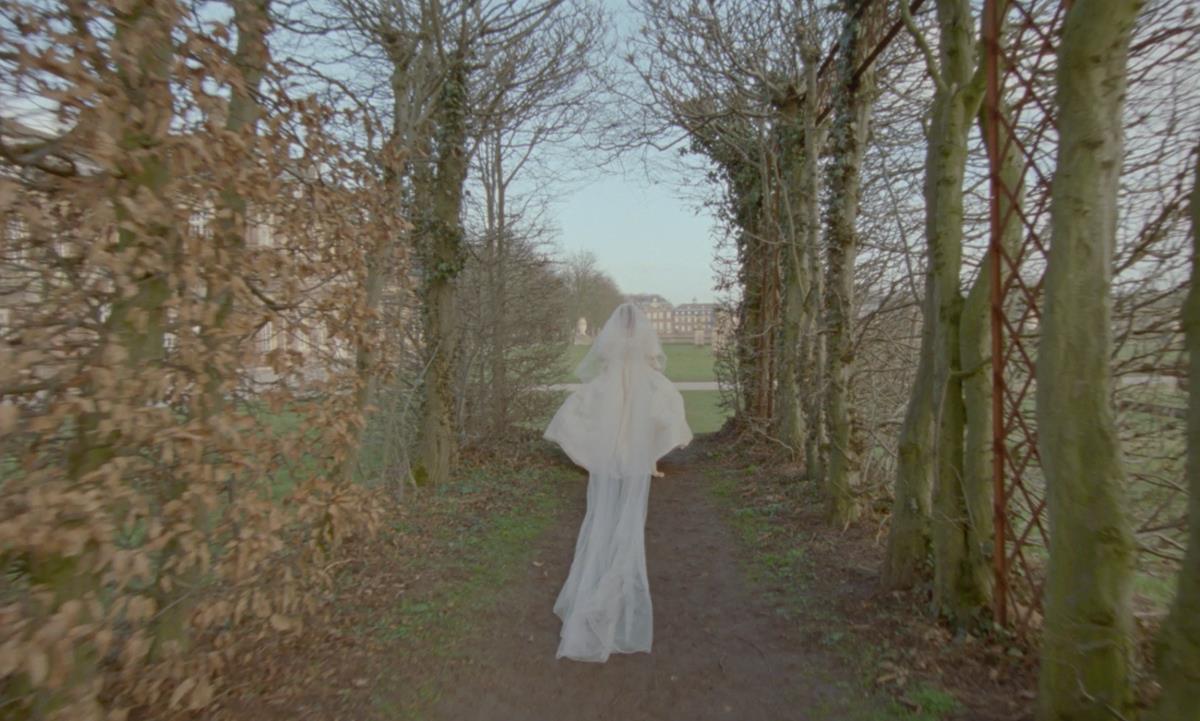
Stewart so fully embraced the character she was portraying, Larraín told Louis Chilton at The Independent, that he didn’t direct her in the standard way. “There was a point that she had such a control of the character, she was so into it so deep… I discovered that on many occasions my best instruction was no instruction. Just stay silent and film her… You understand your own limitations as a man when you’re portraying a female character.”
Stewart’s performance was an unusually intense undertaking. While Larraín doesn’t quite go to the spiritual level Stewart has described feeling on set, he absolutely acknowledges the odd sensations. “She’s not impersonating her, she’s not just playing her,” he insists. “That’s not acting. It’s something else.”
READ MORE: Spencer director Pablo Larraín: ‘Princess Diana was like a Greek tragic character’ (The Independent)
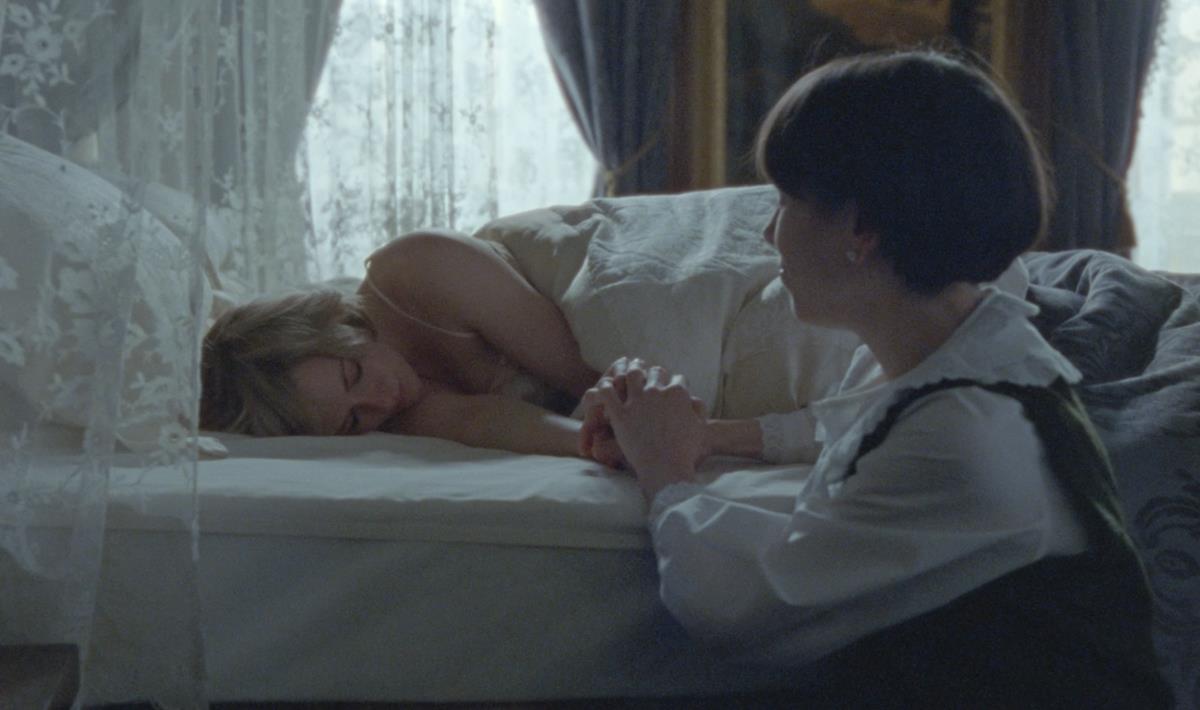
Mathon found Stewart to be a natural in front of the camera, she told Yohana Desta in an interview for Vanity Fair, but, like Larraín, she couldn’t quite put into words what makes her such a transfixing actor. “It’s so easy and almost innate, the way she acts,” she said.
During filming, which included capturing vulnerable close-ups, Mathon and her camera were often just inches away from Stewart’s face. “I often had the feeling that I was almost touching her,” the DP said. “I could feel her breathe and I was watching every single little moment, what she was feeling and the way she was moving.”
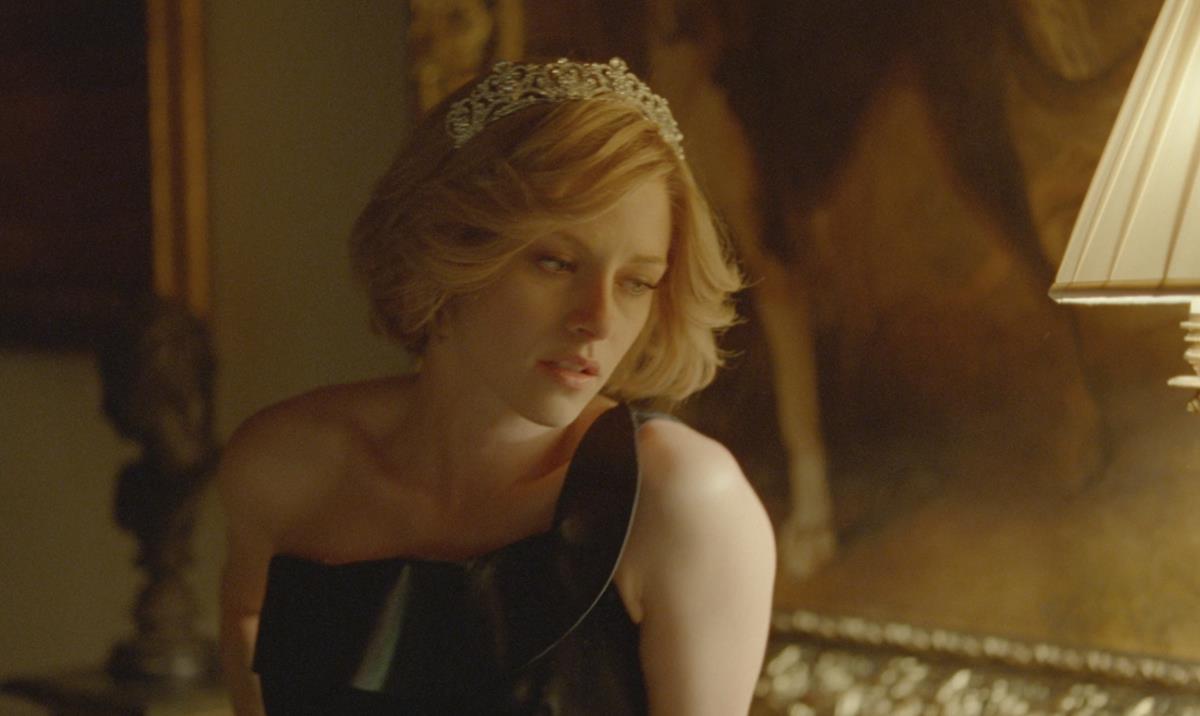
Desta notes that both Stewart and Diana were haunted by the “cruel gaze” of the paparazzi, which “made for a darkly meta experience” for Mathon when the cast and crew found themselves overrun by photographers angling to get a shot of the star in character as the late royal.
During production, the line between Stewart and Diana seemed to blur, according to Mathon. “It was weird how much the filming process conflated Diana and Kristen… but it might have added something to the film.”
READ MORE: “It Evokes Ghostliness”: How Spencer and Kristen Stewart Reimagined Princess Diana (Vanity Fair)
The “tentpole reference” for Diana’s character was Gena Rowlands in John Cassavetes’s 1974 film A Woman Under the Influence. “Not maybe in the detail of the character,” Larraín told Charlotte Higgins in an interview for The Guardian, “but in the sensibility.”
Larraín also said he doesn’t think he would have made Spencer without first having made Jackie:
“One thing led to another. Both women that had to deal with the press and media in different ways, both women that were linked to very powerful families married to powerful men, and they were both women that find the way to create their own story and find their identity. But if Jackie’s a movie about grief and memory and legacy, I think Spencer is about identity and motherhood.”
READ MORE: Kristen Stewart on playing Diana: ‘I believe in a lingering energy. I took her in’ (The Guardian)
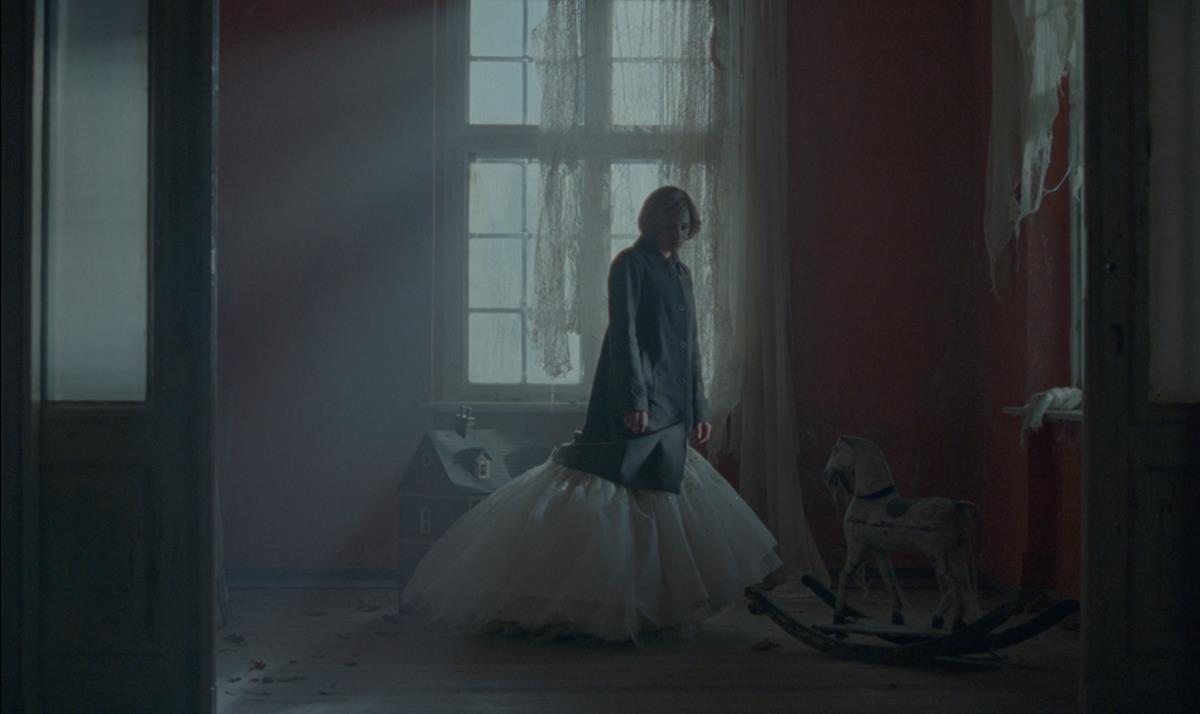
Larraín’s two 2016 films, Jackie and Neruda, “gave the biopic genre a much-needed jolt,” Matthew Jacobs writes in Vulture. “The thrillingly unorthodox films… reinterpreted their subjects’ public images, zeroing in on singular chapters of Jacqueline Kennedy’s and poet Pablo Neruda’s lives to subvert the cradle-to-grave approach that most filmmakers take,” he explains.
“If the haunting close-ups in Jackie and the noirish lyricism of Neruda are any indication, Spencer will be another mood-driven interpretation of its subject (including a score by Phantom Thread’s Jonny Greenwood and cinematography by Portrait of a Lady on Fire’s Claire Mathon),” Jacobs predicts, adding, “Larraín sees biopics not as historical documents but as fables that can reveal profound insights about human nature.”
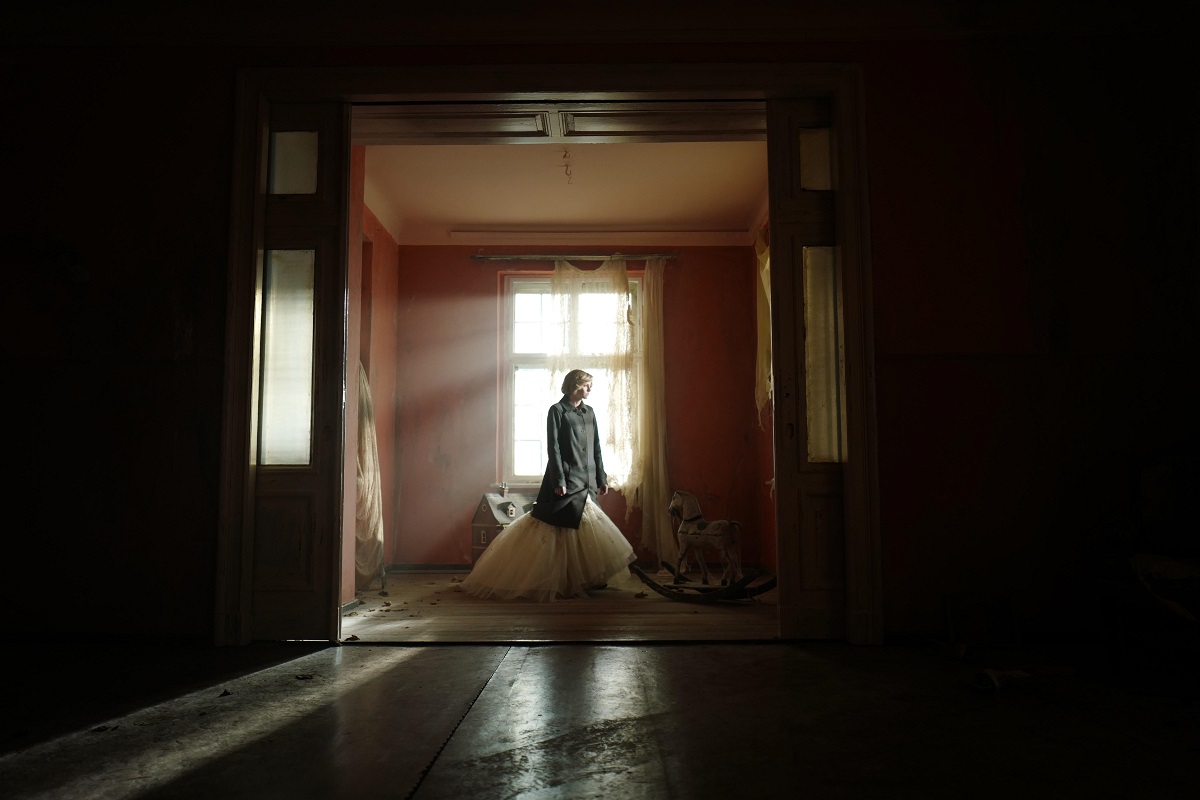
But Larraín isn’t interested in deconstructing the biopic genre, he tells Jacobs. “I’ve never done it consciously,” he says. “First, I don’t have a plan of doing this or that type of movie. I’m not trying to build my career so people can create any kind of logic or analyze it in any specific way.”
Larraín insists his films aren’t actually biopics as the genre is defined. “I don’t think I’ve ever done a biopic,” he continues. “I think Neruda and Jackie and Spencer are movies about people in certain circumstances where everything is about to explode. They’re not really biographical analyzations; it’s not the study of a life of someone.”
Moviegoers could misunderstand Spencer, the director cautions. “Before they go to see a movie like Spencer, they might say, ‘We’re going to really understand who this person was.’ No! Wrong number! Wrong movie! We don’t do that! We’re just trying to work with whatever that person was and create a fable out of it. That’s what I’m looking for. We’ll see if it works.”
The key to cinema is to have a character in crisis, Larraín explains. “All the dramatic theory orbits around that somehow. There are movies like Jackie or Spencer where you don’t know what the character wants up until the point of the movie. Some characters don’t know what they want, but a situation makes them understand they are in a crisis. And as the movie evolves, they need to really understand it. So it’s a more existentialist type of cinema. It’s really about the structure, but there’s always something that has to make the character explode.”
READ MORE: Pablo Larraín Isn’t Trying to Reinvent the Biopic With Spencer (Vulture)
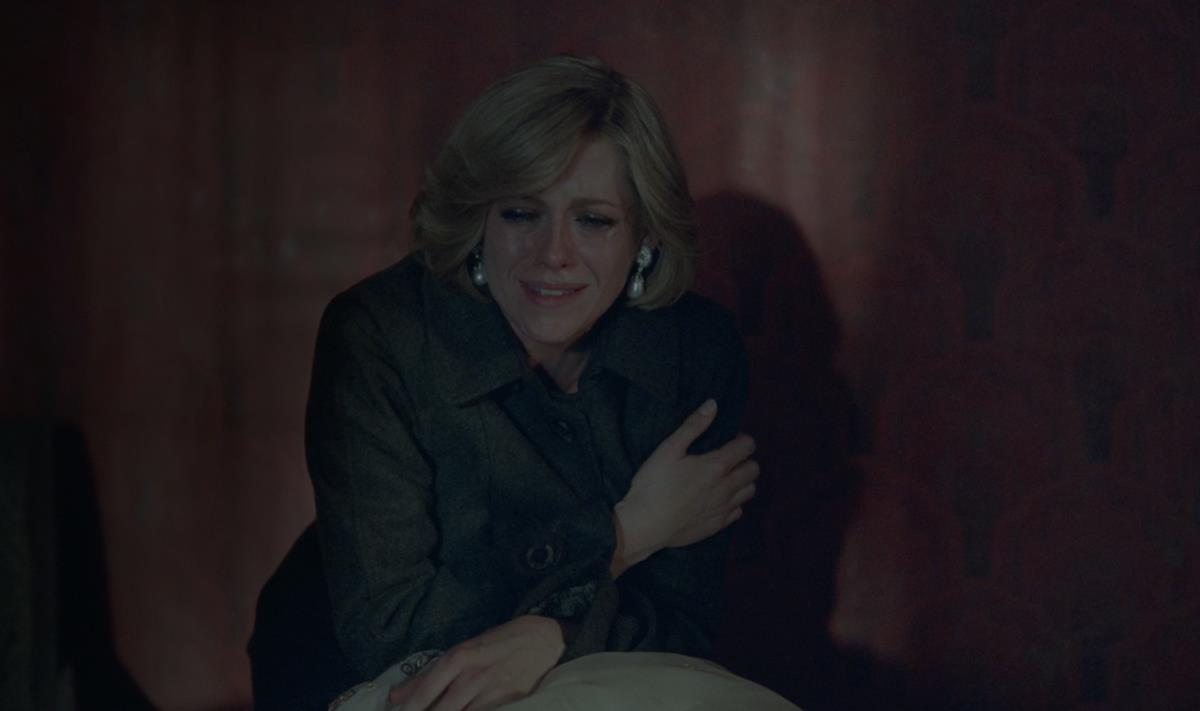
Larraín discussed the biopic genre further in an interview with Paul Whitington for The Independent. “Once you understand that whatever you portray will never be that person, it makes you feel freer, it frees you from the conventions of whatever our culture understands as biopics,” he said. “I don’t think a biopic is actually possible, and I don’t think what I’ve done is a biopic, I think it’s more of an anti-biopic, a little slice of someone’s life that might create an emotional bridge towards that figure.”
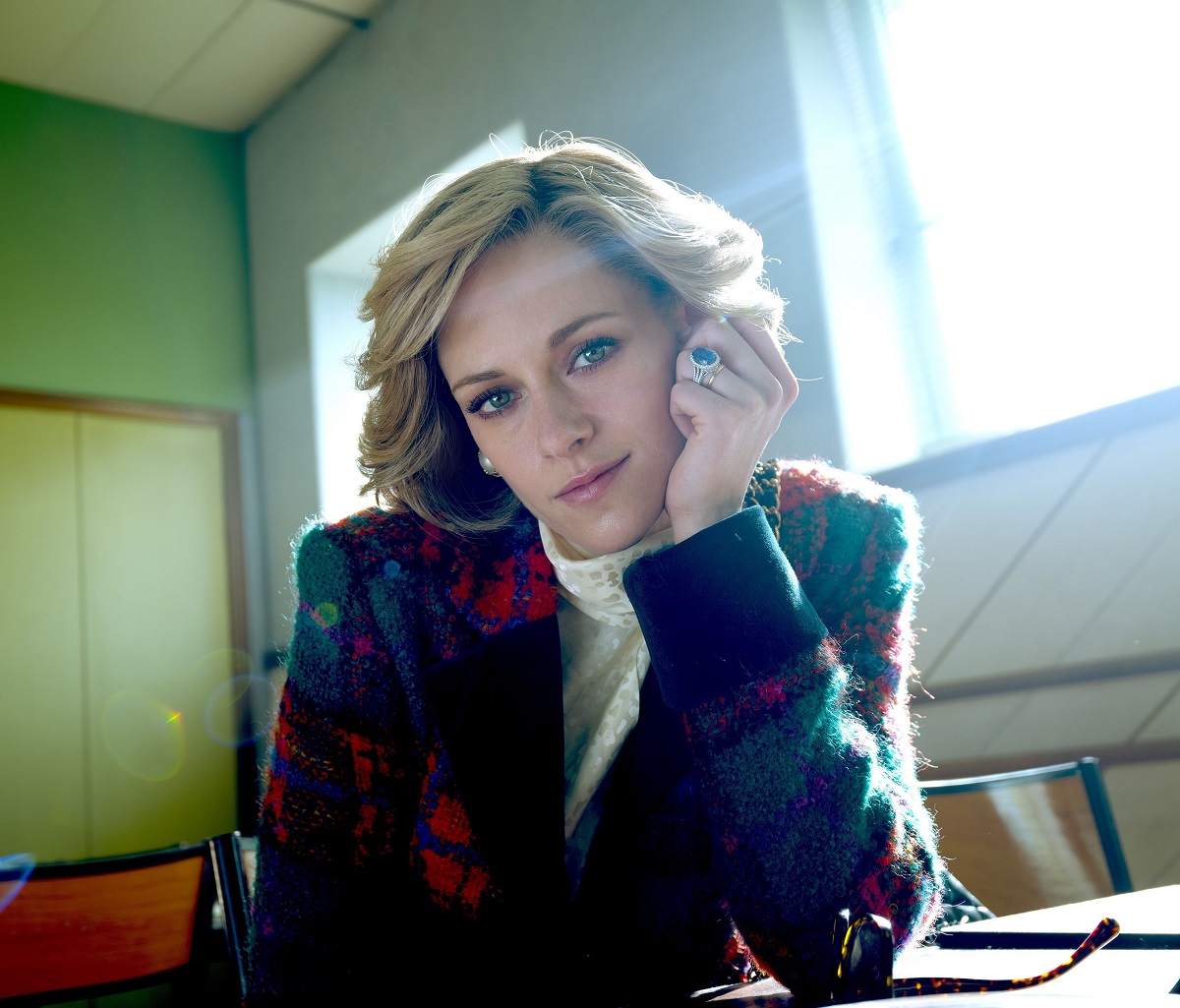
Portraying a public figure like Diana is a challenge because of the sheer number of people who remember her in vivid detail. But the director couldn’t let the idea of that get to him. “We were looking for the human, the universal in the story. I think there are things related to the voice, and the mannerisms, that Kristen tackled really well, she’s a very gifted and skilled technical actress, but I think that the most difficult thing, which Kristen does really beautifully, is how she can embrace certain emotional aspects of the character in such a way that we believe that they are real, and that’s cinema.”
READ MORE: Pablo Larraín: ‘The more you try to understand Diana, the less you know’ (The Independent)
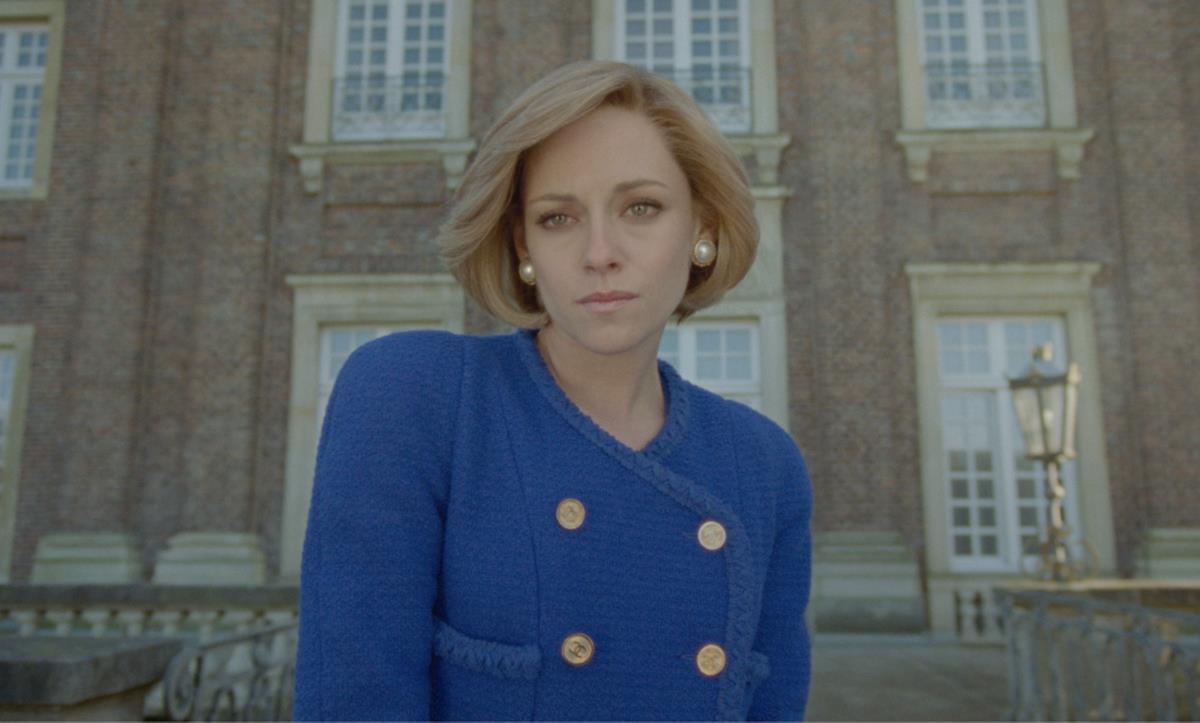
“There’s something interesting that happened making this movie,” Larraín said during an episode of the MovieMaker podcast. “I thought that we were making a movie mostly about identity… but as we made the movie, I realized that we were making a movie about motherhood.”
The director acknowledges that this may seem obvious in hindsight, “but I have to admit that it wasn’t in the top of my head when we started,” he said. “And that that happened, thanks to those boys, you know, to the kids that actually play William and Harry.”
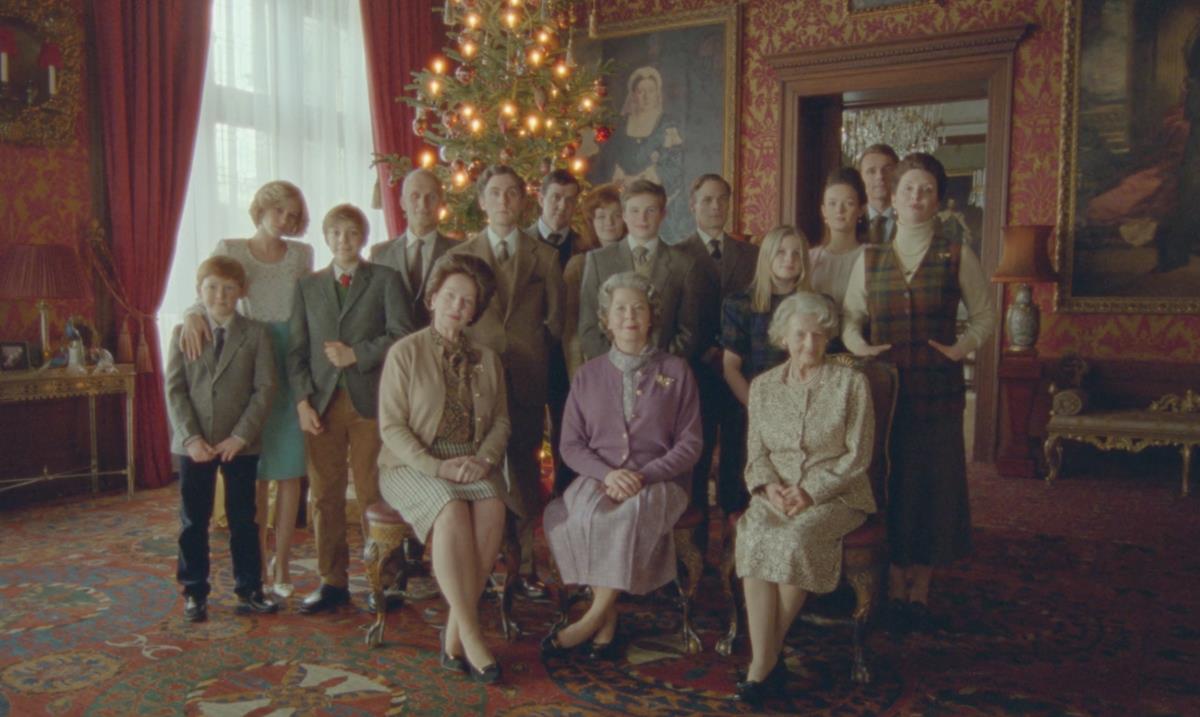
Larraín saw himself reflected in the curiosity about filmmaking that Jack Nielen and Freddie Spry, who play William and Harry, exhibited on set. “And that also made me understand, what are my limitations as a man, when you’re making a movie about a woman? And that’s where Kristen [Stewart] became so relevant,” he explained.
“I’ve worked with strong and wonderful actresses before, and I think I’ve done that as well in the past — when do you empower them and say, look, how, what do you think about this? And they will tell you, and then you have to follow them and understand that they have a perception of the character that he would never be able to have.”
READ MORE: Spencer Director Pablo Larraín Says His Princess Diana Story Is Really ‘a Movie About Motherhood’ (MovieMaker)
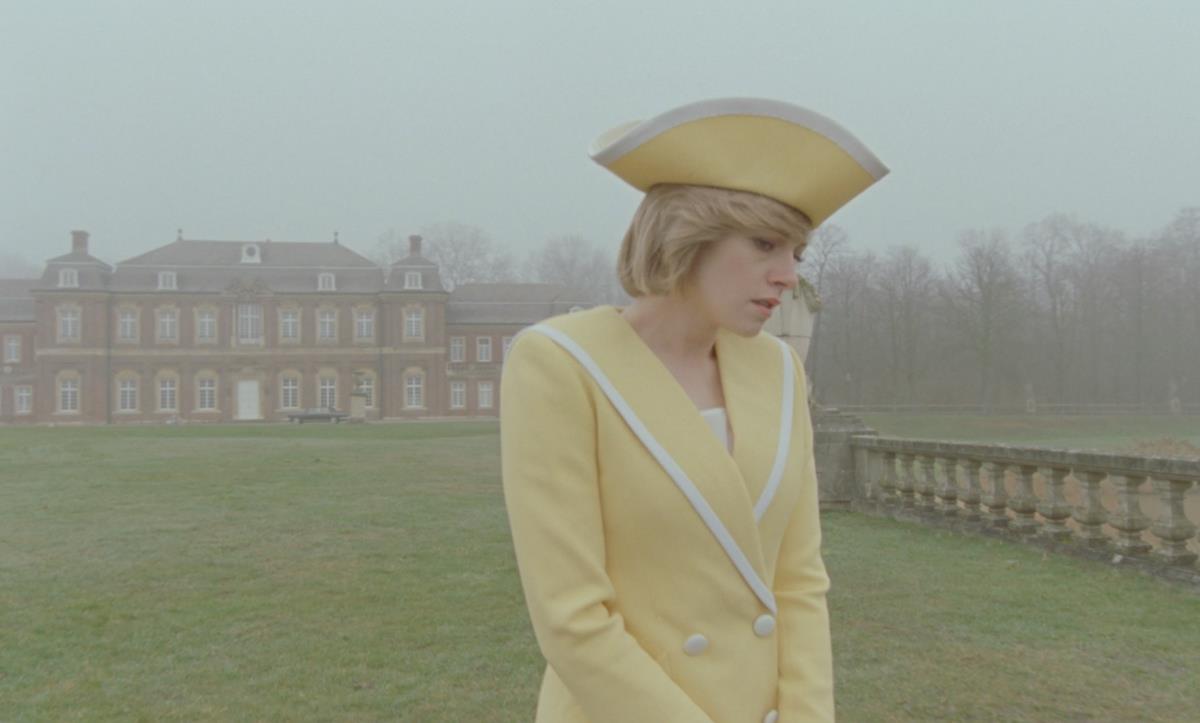
Another key character in the film, Pamela McClintock writes in The Hollywood Reporter, is the wig created by Spencer makeup and hair designer Wakana Yoshihara for Stewart.
The assignment was “a blast from the past,” according to Yoshihara, who had mastered Diana’s much-copied layered look back in 1996, the year before the Princess of Wales died, as part of a test to secure a position cutting hair in a London salon.
LIGHTS, CAMERA, ACTION! SPOTLIGHT ON FILM PRODUCTION:
From the latest advances in virtual production to shooting the perfect oner, filmmakers are continuing to push creative boundaries. Packed with insights from top talents, go behind the scenes of feature film production with these hand-curated articles from the NAB Amplify archives:
- Savage Beauty: Jane Campion Understands “The Power of the Dog”
- Dashboard Confessional: Ryusuke Hamaguchi’s “Drive My Car”
- “Parallel Mothers:” How Pedro Almodóvar Heralds the New Spanish Family
- “The Souvenir Part II:” Portrait of the Artist As a Young Woman
- Life Is a Mess But That’s the Point: Making “The Worst Person in the World”
“I was thinking, ‘Nobody wants to have a haircut like this,’ “ she recounted of the assignment. “But my senior stylist explained to me, ‘This is like Princess Diana’s hairstyle, this is very classic. If you can do this, you can do any hairstyle.’ So I practiced that hair cutting and then the blow-drying for maybe eight months, at least, until I passed the test.
During production, Yoshihara set the wig each morning, and then brushed, wet it and blow dried it again every night, and sometimes also styled it between scenes.
READ MORE: Making of ‘Spencer’: Kristen Stewart Tries on Diana’s Crown to Tell a Modern-Day Fairy Tale (The Hollywood Reporter)
In a conversation moderated by Peter White, screenwriter Steven Knight and costume designer Jacqueline Durran appeared at Deadline’s Contenders Film: London series to discuss their collaboration on Spencer. The panelists were joined by director Larraín, who participated in the event remotely.
During the panel discussion, Larraín praised Kristen Stewart’s performance in the film. “We all think we know a lot about Diana,” he said. “But as a person, she was mysterious and Kristen can do that very well. I thought she was going to be a different version that would take us to another angle of Diana’s character. She did very beautiful work.”
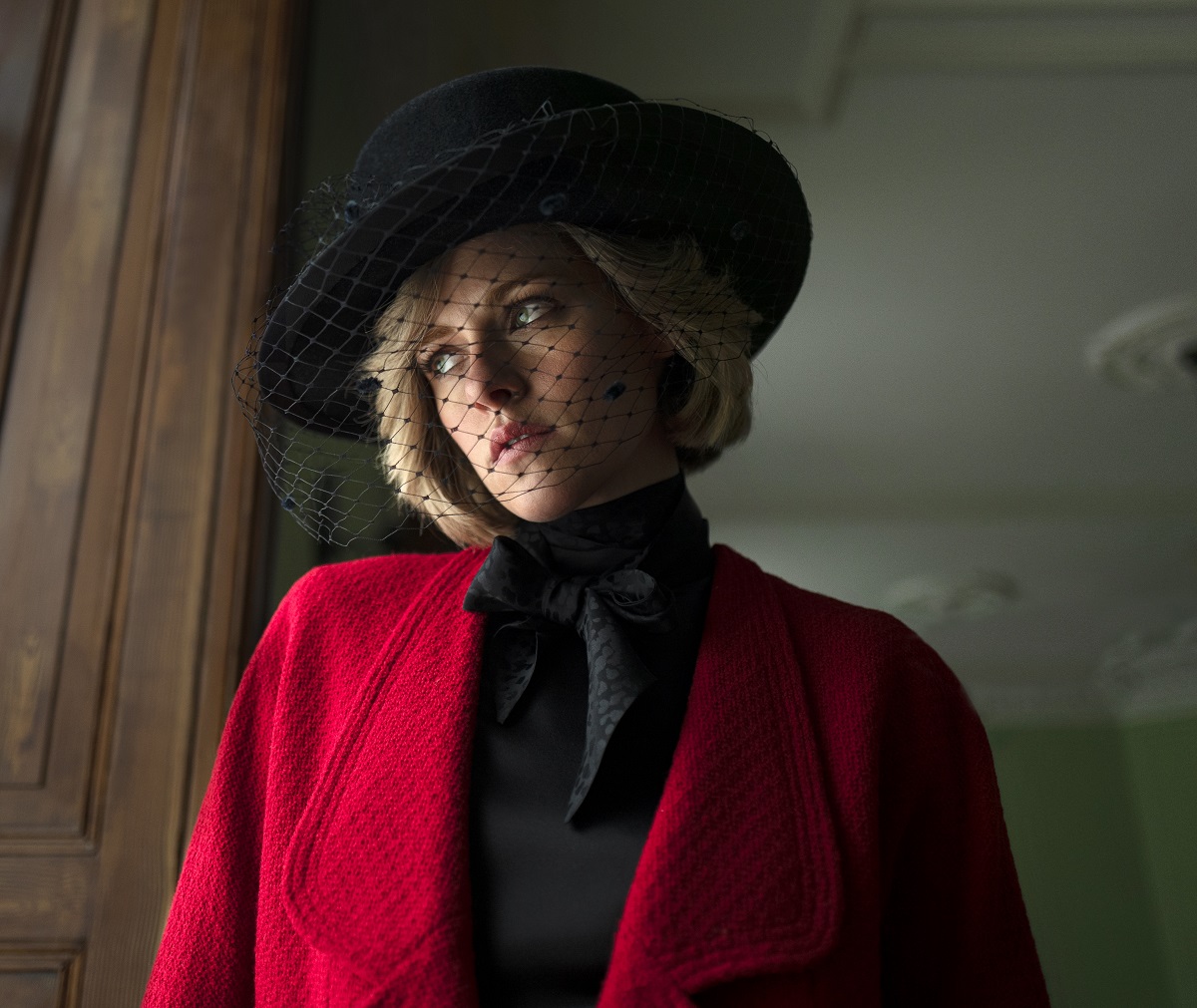
Durran recounted how representing Diana’s fashion choices was “quite a task,” noting that “it was a forensic operation to work out what themes we would find in her style.”
Watch the full panel discussion in the video below:
READ MORE: ‘Spencer’ Writer Steven Knight: “The Cleanest Way To Get Into A Person Is To Put Them In A Pressure Cooker” – Contenders London (Deadline)
Want more? Listen to Larraín discuss the making of Spencer on WNYC’s All Of It podcast, including how the backdrop of the Christmas holiday was important to generating the film’s storyline and establishing the dynamic between Diana and the royal family:
You can also watch IndieWire’s interview with director Pablo Larraín and Spencer star Kristen Stewart as they discuss Stewart’s performance as Princess Diana and how they were able to create the claustrophobic scenes in the film:


